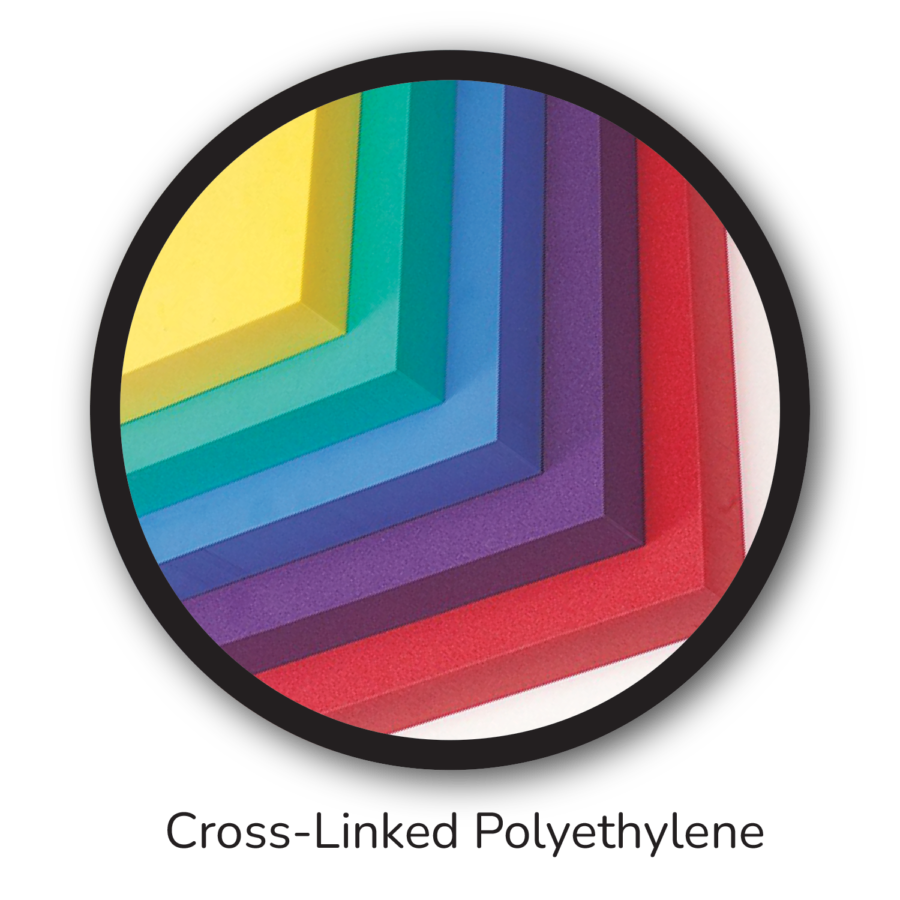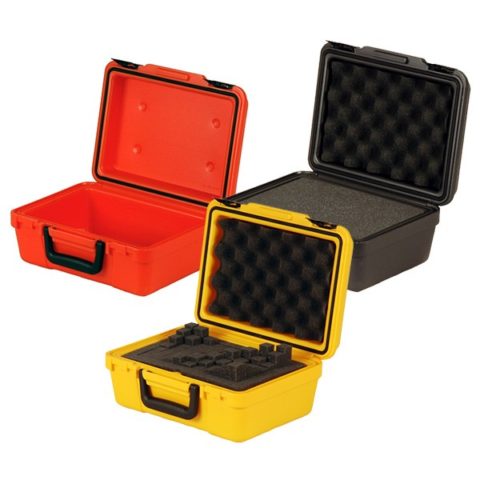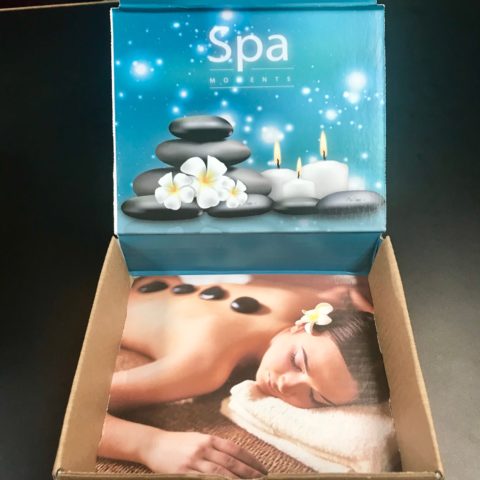
Foam Products
We carry many types of foam products and are confident we have the material that suits your needs. Read more below
Product Information
Foam Products:
Crosslink Foam – Cross-linked polyethylene foam (also known as XLPE) is a closed-cell foam characterized by a compact feel and resistance to water. … Compression molding and thermoforming are common fabricating methods used when creating components, packaging and products from closed-cell cross-linked polyethylene foams.
Dry-fast Foam – a great-quality open cell foam, also known as reticulated foam, with a solid, firm feel. The open pores in the foam allow for water and air to pass through, making Dry Fast foam a great choice for marine and outdoor applications.
Electrostatic Dissipative Foam – allows for static charges to flow to the ground more slowly than conductive materials. … This type of foam is generally either carbon-impregnated and colored black or surface treated and colored pink.
EVA & Neoprene Foam – are closed cell foams that are soft, flexible and durable form-fitting sponge rubber that provides good thermal and moisture insulation. It is resistant to the Ozone, sunlight, oxidation, many chemicals and petroleum derivatives. Neoprene EDPM can resist breakdown by water and air and is able to be isolated by virtue of its unique molecular structure.
Expanded Polypropylene – Expanded Polypropylene Foam (EPP) is a closed-cell foam with great compression and impact resistance. Due to its large loading range, capability for energy absorption, and high service temperature, it is an ideal product for numerous applications.
Expanded Polyethylene Foam – Expanded Polyethylene Foam (EPE) Expanded polyethylene foam, also known as EPE, is a molded semi-rigid, non-cross linked and closed-cell type of polyethylene foam that has a near-infinite amount of applications due to the following characteristics: Non-abrasive.
Extruded Polyethylene Profile – is an environmentally friendly and extremely lightweight product that boasts excellent insulation and performance characteristics. The process of making high quality polyethylene foam begins with thermoplastic raw materials, colorants and additives. Adjustments are modified to create the desired density, structure and color, and to add beneficial characteristics like flame retardancy and UV-stability.
Filter Foam – is an open-cell polyurethane foam on basis of polyether/polyester and can be used in manifold applications. Filter foams usually differ in pore size and pore number per square inch (PPI).
Polyester Fiber Foam – compression polyurethane foam, which is then surrounded by polyester fiber for softness. The foam is encased in a polyester fiber sewn ticking that allows the cushion to breathe. The foam seat offers a soft surface feel that conforms to the body.
Melamine Foam – is the active component of a number of abrasive cleaner sponges. It is also used as the main sound and thermal insulation material for bullet trains, due to its high sound absorption, excellent thermal insulation performance and light weight.
Polyester Foam – Polyester foam, also known as Ester, is a flexible, open-cell type of polyurethane foam that has a near-infinite amount of applications due to the following characteristics: Compress-ability, Cushioning, Energy absorption, Fabrication-ability, Flexibility, Insulating, Light-weight, Low thermal conductivity, Low water vapor transmission, Mildew-resistance, Resilience, Sound absorption and Vibration dampening.
Polyethylene Foam – is a durable, lightweight, resilient, closed-cell material. It is often used for packaging fragile goods due to its excellent vibration dampening and insulation properties. It also offers high resistance to chemicals and moisture. Polyethylene foam is easy to process and fabricate.
Polyurethane Foam – is produced from a wide range of starting materials and is therefore a class of polymers, rather than a distinct compound. It is used as cushioning for a variety of consumer and commercial products, including bedding, furniture, automotive interiors, carpet underlay and packaging.
Vinyl Nitrile Foam – is a polymer blend of PVC and Nitrile material. PVN foam is soft and flexible and is naturally a thermal insulator, shock/impact absorber, sound deadening and flame retardant. Due to its closed cell construction, the foam is an ideal sealing and gasket material against moisture, liquid, and gas.
















